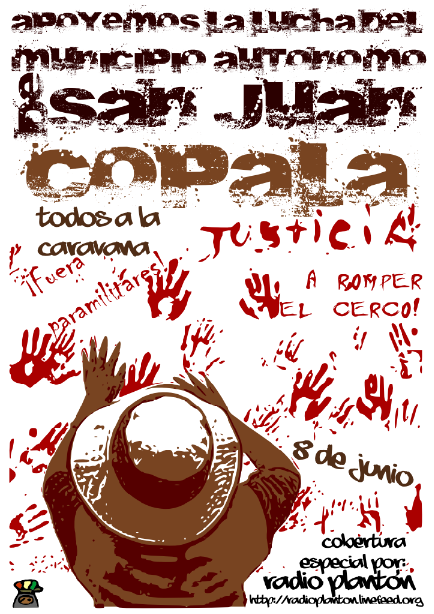Basque writer and musician Asel Luzarraga was arrested on December 31 accused of participating in a bomb attack against an official building in Temuco (Mapuche Country). Yesterday the Chilean authorities ratified the arrest, claiming that Asel is a "danger for society".

Asel Luzarraga
The Basque writer has since the beginning rejected any relation with the attack. According to his family he is alright but "in state of shock" because of the unexpected accusations and arrest.
The Uruguayan NGO,
Euskal Herriaren Lagunak (Friends of the Basque Country) has presented a writ at the Chilean embassy in Montevideo supporting his innocence and demanding his immediate liberation. His acquaintances have also created
a blog asking for signatures in support of his freedom. The Basque Pen Club
also asked for his release.
Internationalist NGO
Askapena (Freedom) has declared that the only and true reason for Asel's imprisoning is that the Chilean regime does not want witnesses of its aggression against the Mapuche nation.
The
Mapuche (also known as Araucanians) are a proud native nation of South America that remained independent, under just formal Spanish overlordship, until the 1880s, when Chile invaded the country. As result, the Mapuche people have suffered since then extreme poverty and marginalization, seeing their lands robbed by the Chilean state and colonists.
In the last decades though the Mapuches have repeatedly confronted the central state by either nonviolent or violent means, the return to democracy of Chile only saw makeup reforms in what regards to the indigenous nation and hence the conflict has spiralled, with brutal repression from the state that nevertheless has seen nearly no echo in the international media.
There are many parallels between Basque and Mapuche history in spite of being so different peoples: we are both aboriginal nations, invaded by foreigners and impossed alien laws against our will and our sovereign rights as nations.
Source:
Gara.
 This happens after two days ago they briefly took other UN offices in Santiago (International Work Organization and Economic Committee for Latin America and the Caribbean).
This happens after two days ago they briefly took other UN offices in Santiago (International Work Organization and Economic Committee for Latin America and the Caribbean). 



















